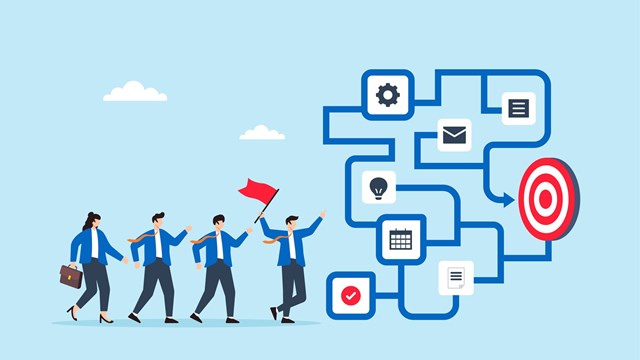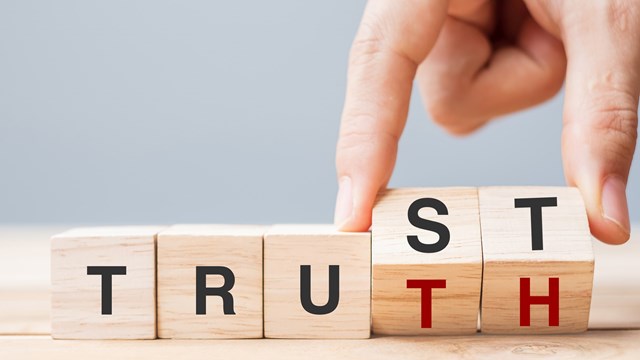A cracked sidewalk, a leaking pipe, or broken light bulbs are all conditions frequently encountered in the condominium common areas.
They are also conditions which, if not quickly and appropriately fixed, can easily result in injuries or property damage which will likely ensnare a condominium in lengthy and potentially expensive litigation.
Understanding an association’s duty under the law and how it must respond to defective or hazardous conditions in the common area is the best way to reduce an association’s liability for damages resultingfrom common area defects and hazards.
In order to establish negligence against an association, a damaged party must prove four elements: (1) the association owed them a legal duty of care; (2) the association breached its duty of care; (3) the breach of duty caused harm; and (4) actual loss by the damaged party. The breach of the duty of care is the one element that an association can most directly impact.
Duty of Reasonable Care
Condominium associations are held to the same legal duty of care as landowners, that of reasonable care under the circumstances. The association is not required to be the guarantor of safety or protector of property. The duty of reasonable care is not meant to impose unreasonable maintenanceburdens. The association’s responsibility under the law is to take reasonable steps to maintain the premises and prevent damage or injury.
The obligation to maintain the commonarea as set forth in the condominium documents and MGL. c. 183A does not create a higher duty of care for the association. Just because the association assumes a duty under the condominium documents doesn’t mean the failure to perform that duty translates into a breach of the legal duty of care. For example, in some instances the failure to clear snow and ice is not a breach of a legal duty despite the affirmative obligation to clear snow and ice in the condominium documents. Thus an association may not be legally liable despite failing to perform its duties as set forth in the condominium documents.
Notice of Hazardous Condition?
The existence of a defective condition in the common areas does not automatically create a breach of the duty of care. The key factor to analyze is whether the association and/or its agents (i.e., the property manager) knew or should have known of the defectiveor hazardous condition. In other words, did the association have notice of the condition?
Liability will not attach in the absence of notice of the condition causing the harm because there is no duty to repair a condition of which you are unaware. For example, a pipe suddenly bursts and damages a unit. The association had no notice of any problems with the pipe; there were no visible cracks, holes or otherobvious signs of a defect. The association will not be liable to the unit owner because it did not have notice of the alleged defect which caused the damage. The association did not breach its duty of care.
This does not mean an association can bury its head where there is evidence of a potential problem but no notice of the actual defect. Liability will attach if an association should have known of the defect. An association will be considered to have notice of a defect, even if it did not observe the actual condition, if the signs and symptoms would have alerted a reasonable person to a potential defect or hazard. This is termed constructive notice.
Using the burst pipe example, let’s say thepipe is hidden in the wall and a wet and growing stain is observed on the ceiling for weeks prior to the pipe breaking. The stain is ignored. The pipe bursts and damages a unit and the owner’s personal property. The presence of the stain would have alerted a reasonable person of a potential problem which should have been investigated.
The association may be held liable for the damages caused by the burst pipe because it should have known of the potential defect but chose to ignore the obvious problem. The association had constructive notice of the defect but failed to act. The association breached its duty of care.
Reasonable Response?
If the defective condition was known or should have been known to the association, the inquiry turns to whether the response was reasonable under the circumstances. Again, the law does not seek to impose an unreasonable maintenance burden on the association. A light in the common area stairway goes out at 7:00 p.m. A maintenance worker discovers the problem at 7:30 p.m. and replaces the bulb at 8:00 p.m.
A unit owner trips and falls down the stairs at 7:45 p.m. due to poor lighting conditions.
The association had notice of the defective condition and the defective condition caused the unit owner’s fall and injury. However, no breach of duty may have occurred. The issue is whether the response was reasonable under the circumstances.
If the maintenance worker has to leave to get the lightbulb, then the thirty-minutegap between notice and repair may be reasonable. If the worker had the bulb with him but opted to perform other work before fixing the light, such a response may be unreasonable and constitute a breach of duty.
Upon notice of a defective or hazardous condition in the common area, an association owes a legal duty to repair the condition within a reasonable time frame under the circumstances.
A defective condition does not automatically create liability, but the failure to promptly respond once notified of the condition undoubtedly will. The best response is a timely response in order to both prevent damage or injury and limit the liability of the association.
Andrew S. Brooslin is an attorney with the law firm of Marcus, Errico, Emmer & Brooks, P.C. in Braintree, Massachusetts. He is a member of the CAI-New England Attorneys Committee.







Comments
Leave a Comment